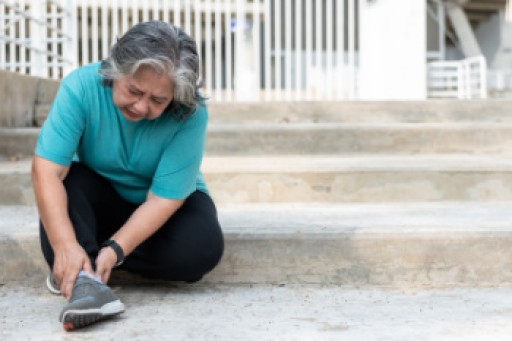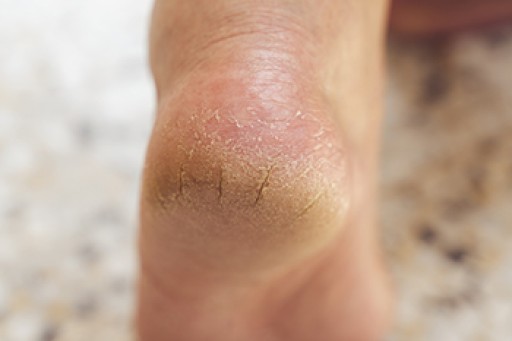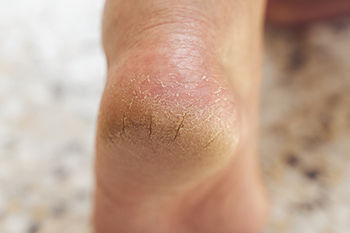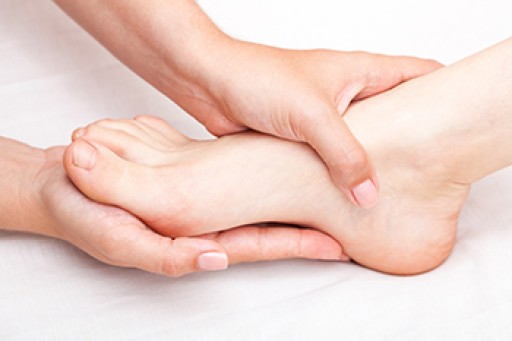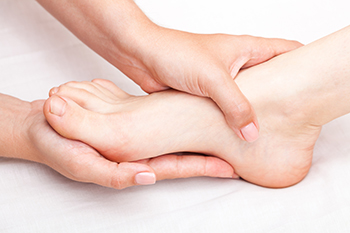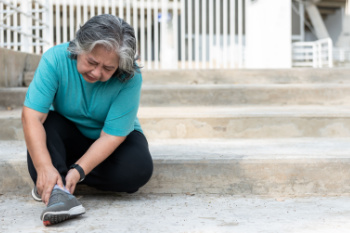
Ankle fractures can result in significant pain and discomfort, impacting one's daily life and mobility. When an ankle fracture occurs, it usually involves one or more of the ankle bones, including the tibia, fibula, or talus. The severity of pain can vary depending on the type and location of the fracture. Acute pain is a common immediate symptom after an ankle fracture. It typically occurs due to the injury itself, which may involve tearing of ligaments, damage to blood vessels, and nerve irritation. The affected area becomes swollen, bruised, and tender to the touch. Chronic pain may develop as a result of an ankle fracture, especially if it does not heal correctly or if there are complications, such as post-traumatic arthritis. Additionally, chronic pain can persist long after the initial injury and may require ongoing management, including pain medications. Treatment for an ankle fracture may include immobilization, casting, surgery, or other interventions to promote proper healing and alleviate pain. If you have broken your ankle, it is strongly suggested that you schedule an emergency appointment with a podiatrist for a proper diagnosis and treatment.
Broken ankles need immediate treatment. If you are seeking treatment, contact Frank Henry, DPM from Marble Falls, TX. Our doctor can provide the care you need to keep you pain-free and on your feet.
Broken Ankles
A broken ankle is experienced when a person fractures their tibia or fibula in the lower leg and ankle area. Both of these bones are attached at the bottom of the leg and combine to form what we know to be our ankle.
When a physician is referring to a break of the ankle, he or she is usually referring to a break in the area where the tibia and fibula are joined to create our ankle joint. Ankles are more prone to fractures because the ankle is an area that suffers a lot of pressure and stress. There are some obvious signs when a person experiences a fractured ankle, and the following symptoms may be present.
Symptoms of a Fractured Ankle
- Excessive pain when the area is touched or when any pressure is placed on the ankle
- Swelling around the area
- Bruising of the area
- Area appears to be deformed
If you suspect an ankle fracture, it is recommended to seek treatment as soon as possible. The sooner you have your podiatrist diagnose the fracture, the quicker you’ll be on the way towards recovery.
If you have any questions, please feel free to contact our office located in Marble Falls, TX . We offer the newest diagnostic and treatment technologies for all your foot care needs.
